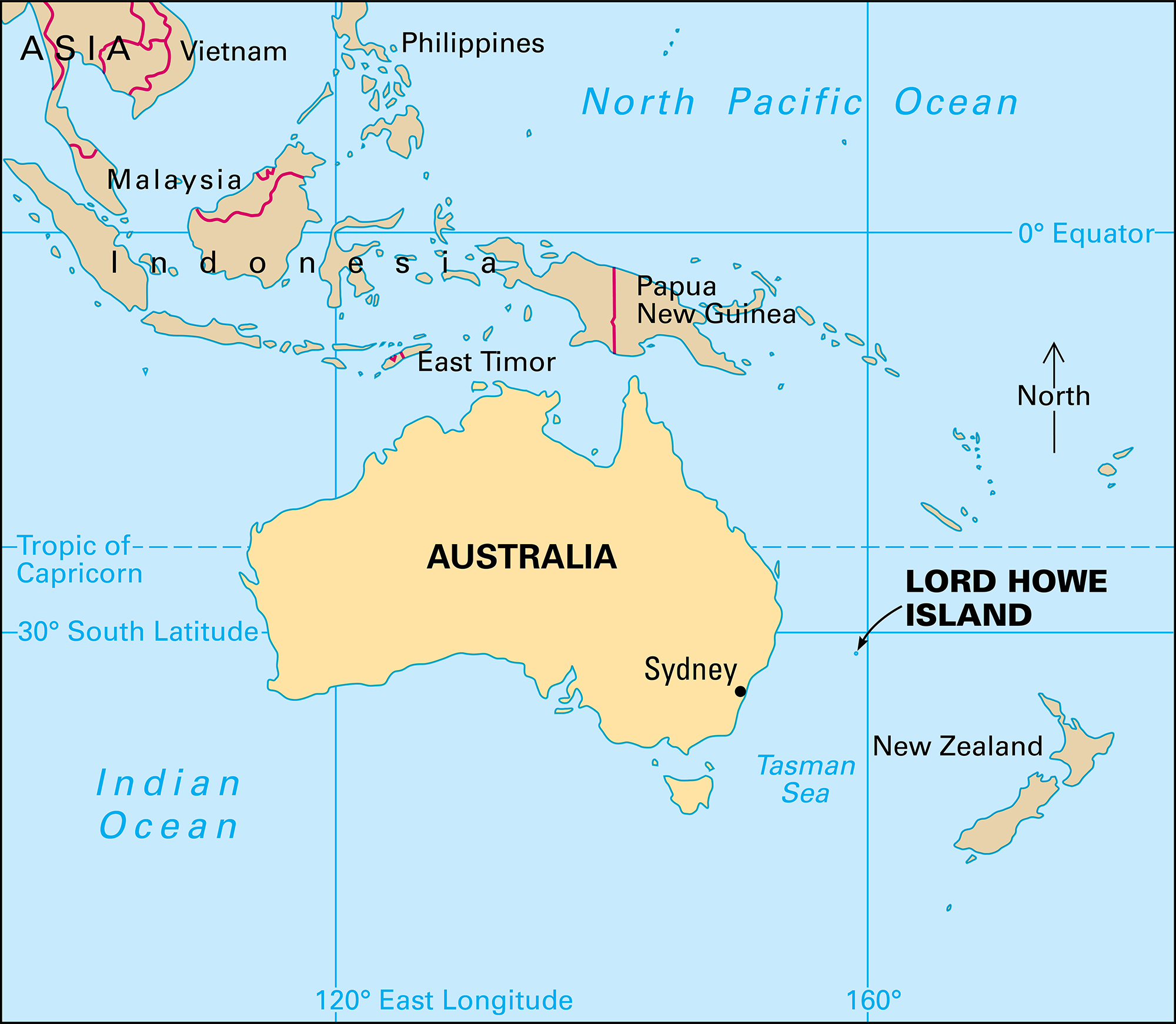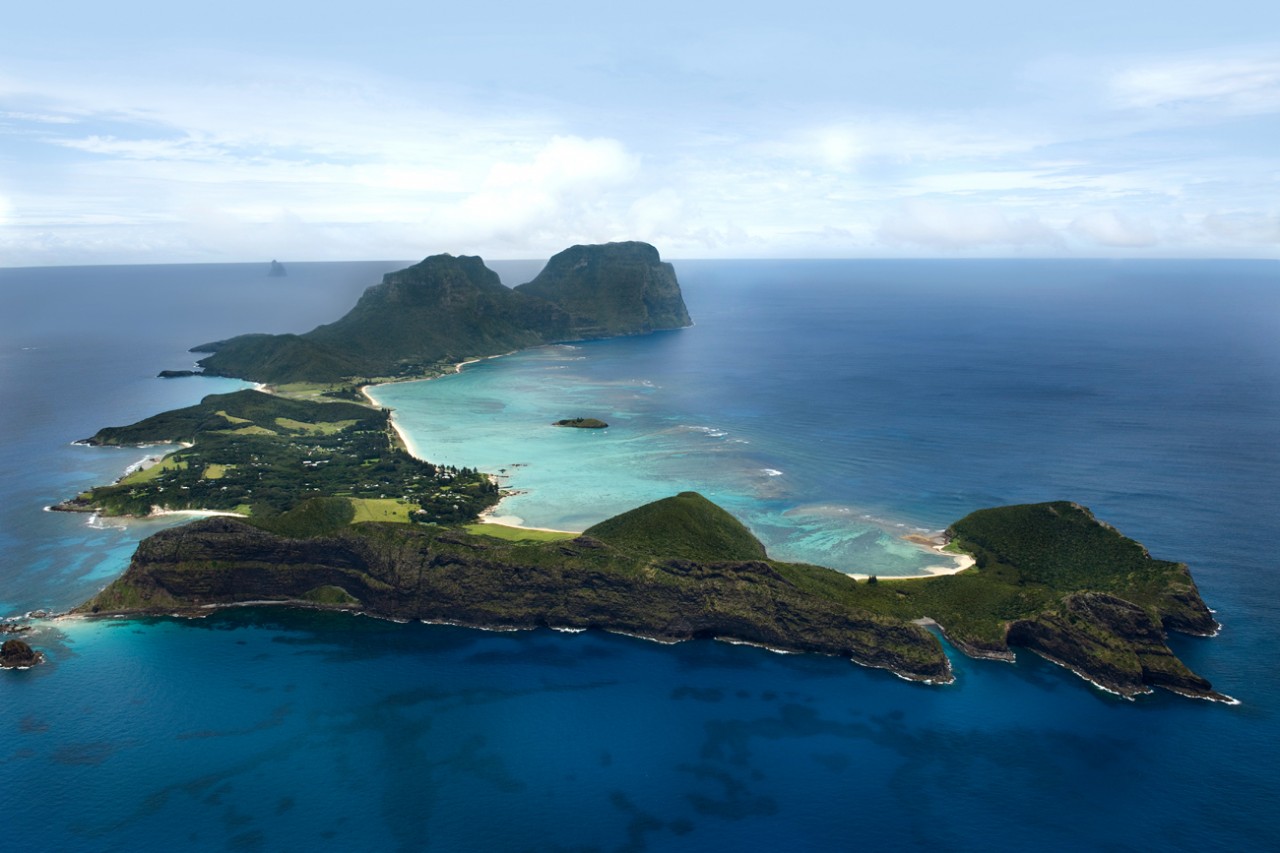Lord Howe Island phasmid, also known as the Lord Howe Island stick insect, is one of the most critically endangered insects in the world. This large insect was once thought to live only on Lord Howe Island, a volcanic island far off the eastern coast of Australia. In the early 1900’s, the phasmid was preyed upon by rats released to the island by a shipwreck. By 1920, scientists believed the Lord Howe Island phasmid to be extinct. However, in 2001, scientists found a small number of Lord Howe Island phasmids living on nearby Balls Pyramid, a tall tower of rock that protrudes from the ocean nearby.



The Lord Howe Island phasmid is a stout, flightless stick insect. Adults are dark in color. They can reach more than 4 3/4 inches (12 centimeters) in length, with females slightly larger than males. The insects are nocturnal (active at night), feeding on shrub leaves. By day, they shelter in leaf litter or hollows in shrubs, often huddling in groups for protection from predators. Females lay their eggs in the soil. The female may mate with a male or reproduce by parthenogenesis. In parthenogenesis, unfertilized eggs develop into female insects. The young molt several times as they grow, darkening in color. They reach maturity at about 7 months.
The phasmid was once abundant on Lord Howe Island. Fishers would use the insects as bait, nicknaming them “land lobsters.” Scientists are unsure how the flightless insect reached Balls Pyramid, about 12 miles (20 kilometers) away. Birds may have carried the phasmid’s eggs or young there in nesting materials. In 2019, the Australian government successfully eliminated the rats on Lord Howe Island. Scientists hope to reintroduce the phasmid to the island.
